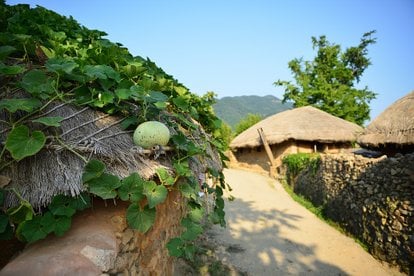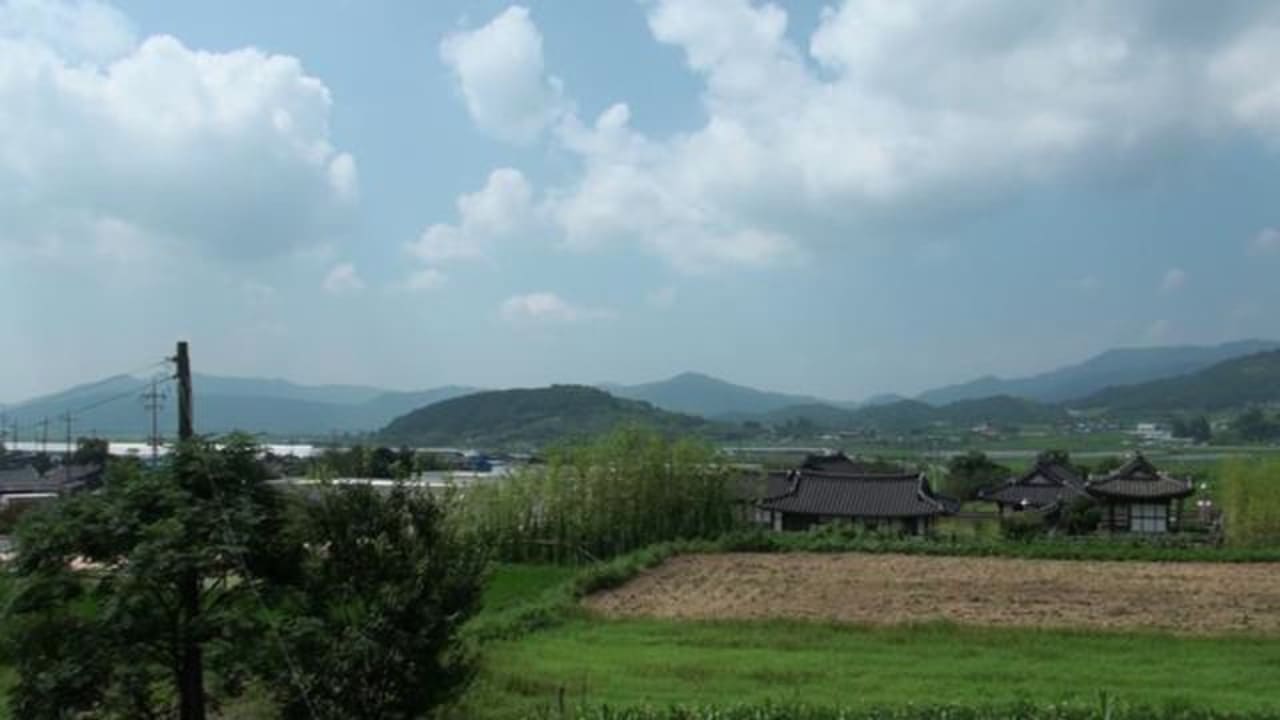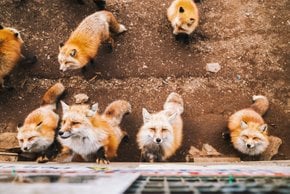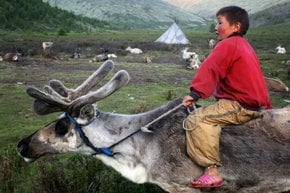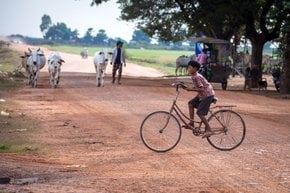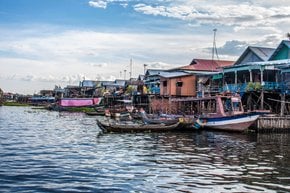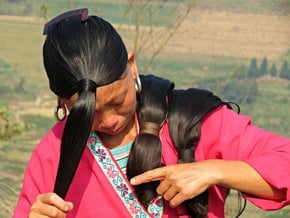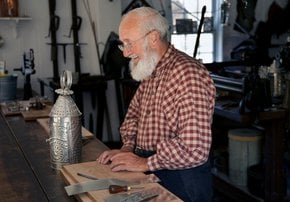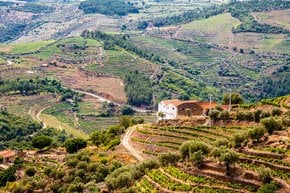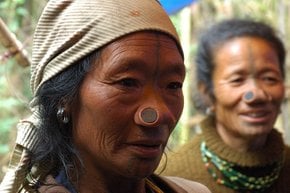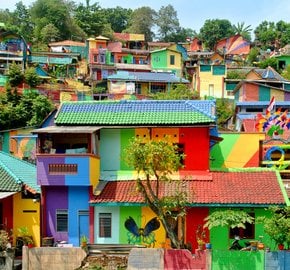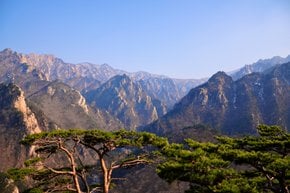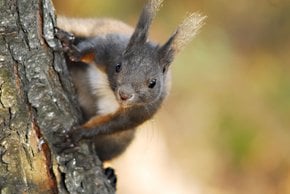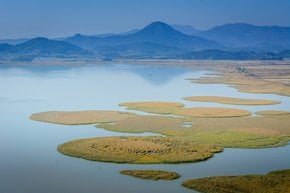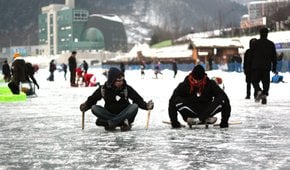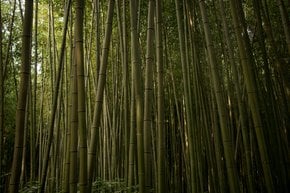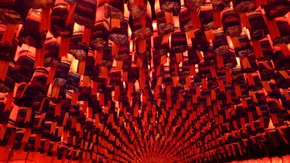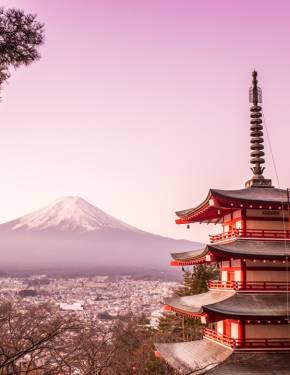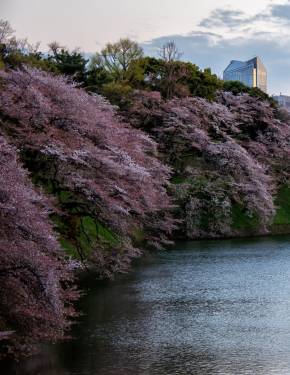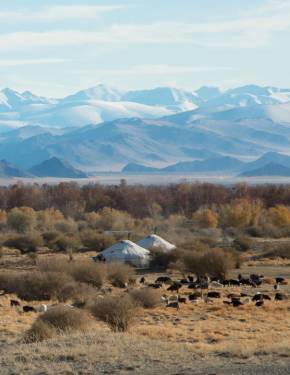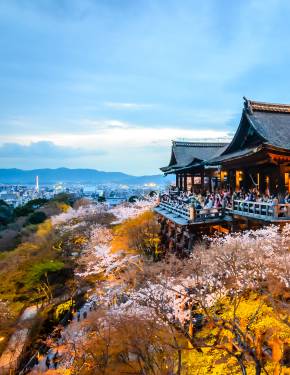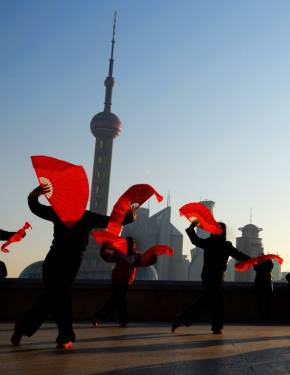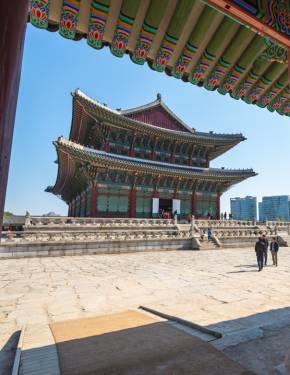Traditional Villages (Agricultural Season) in South Korea 2026
Fly away from the city buzz to enjoy peaceful rural surroundings, the indigenous lifestyle, and the living ancient traditions of Korea
Best time: May–November
When you arrive in a village in South Korea you can instantly feel the rural atmosphere. Indigenous people don't shift to modern trends, and rather preserve the lifestyle of their ancestors.
One of the greatest examples is Naganeupseong Folk Village. Its 200 residents continue living in small thatch-roofed huts without plumbing, the way of life is pretty the same it used to be a few hundreds of years ago when the settlement flourished under the Joseon Dynasty. Owing to its preserved originality, in 2011 the village was enlisted into UNESCO World Heritage.
Other places where time seems to stand still are Yangdong Folk Village and Hahoe Folk Village. Both became UNESCO World Heritage sites even before Naganeupseong Village—in 2010. The latter hosts annual Mask Festival in October, that features traditional folk dance performances.
All Korean villages offer something unique, authentic, and special. Icheon Village, for instance, is known best for its ceramics and rice specialties, wheheas Gurim Village is praised for its ancient pottery.
Boseong Village is the land of green tea. And Damyang Village is known as Korea's bamboo capital.
To learn more about the villages organize a tour for yourself to experience the best of authentic Korea. Any season has its advantages—local peasants are most active in spring, summer, and autumn when you can see them working in the fields, planting, or collecting crops.

